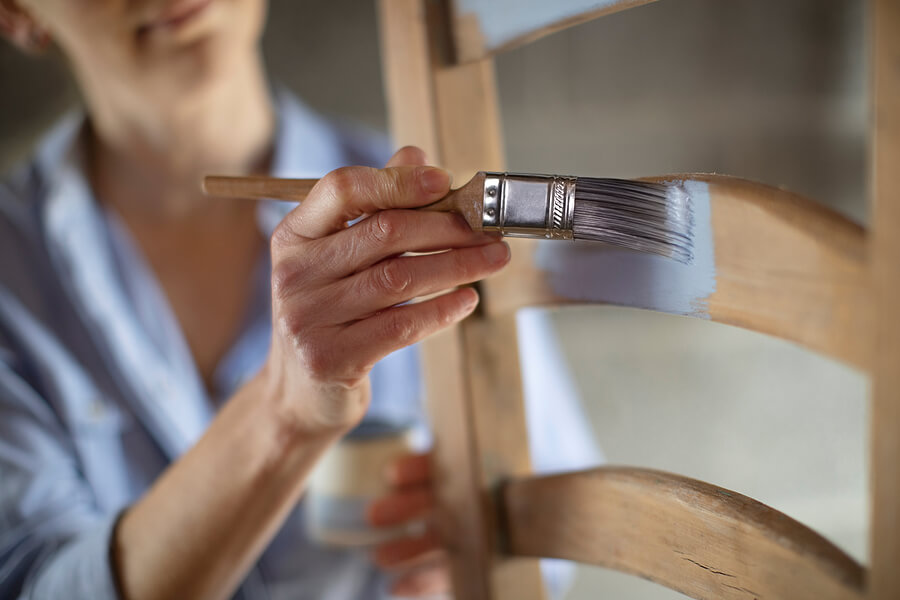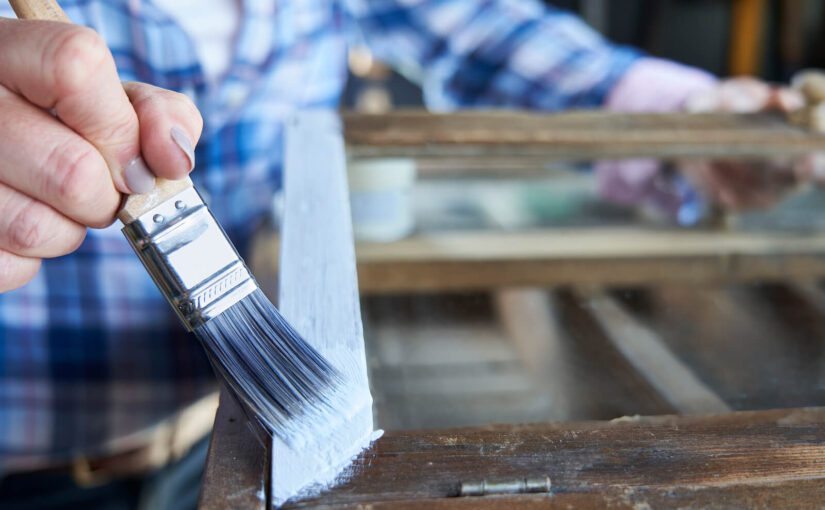If you’ve recently been considering upcycling a piece of furniture, then this blog post will outline the reasons why you might want to, alongside four things you need to know before you get started.
Popular furniture pieces to upcycle are dining tables, chairs, cabinets, dressing tables, and footstools.
Upcycling furniture projects are a great idea for many reasons:
- They’re beneficial for the environment because your upcycled piece of furniture replaces the need for a new piece to be manufactured.
- They result in a bespoke, one-of-a-kind piece of furniture that nobody else owns.
- They save you money.
- You learn new skills in the process.
- They’re easier than you might expect.
- They’re fun!
Below we’ll share exactly what you need to know about furniture upcycling before starting your first project.
1. Keep it practical!
Whether you have a piece of furniture in mind already or were thinking of sourcing one in a charity shop or online, you must factor in its size.
For example, if you live in a small flat, revamping a grand piano might not be the best idea!
It’s common for people to get swept up in the excitement of finding a piece of furniture they love and not consider if it is really suitable or not.
If it’s your first upcycling project, you might want to start small or simple anyway and work your way up to larger and more complex pieces.
2. It’s all about the prep

It can be tempting to rush into a new project but, in doing so, it’s easy to forget to prepare properly.
Before you start your upcycling project, dedicate space and time to work on it and gather all the tools and equipment you might need.
Also, wipe your furniture down with a damp cloth to remove dust and cobwebs and let it dry thoroughly before you get started.
3. Not all paint is equal
You might be wondering what the best paint for upcycling furniture is.
After you have prepared and primed your wood (and removed previous paint, if relevant), you can use any wood paint to paint your furniture.
Consider where the piece of furniture will be placed in the home once it is revamped, as some paints only suit certain environments. Oil-based wood paints, for example, are recommended for use only in the bathroom and kitchen.
Acrylic wood paint and alkyd wood paint are other, less toxic options to consider.
Don’t forget to finish your work with a varnish to keep it protected for longer.
If you’re considering upcycling furniture with chalk paint for a distressed shabby chic look, you can learn how to apply it to wooden furniture below:
4. Small changes make a huge difference
When upcycling furniture is mentioned, most people’s minds jump straight to painting, but sometimes the small changes can make a bigger impact.
If you are working on a chest of drawers, desk, dressing table, or any piece with doors or drawers, then replace the old knobs or handles and see the difference it makes!
The best news? It won’t cost you much either.
Do you have any questions about renovating old furniture? Let us know in the comments!
